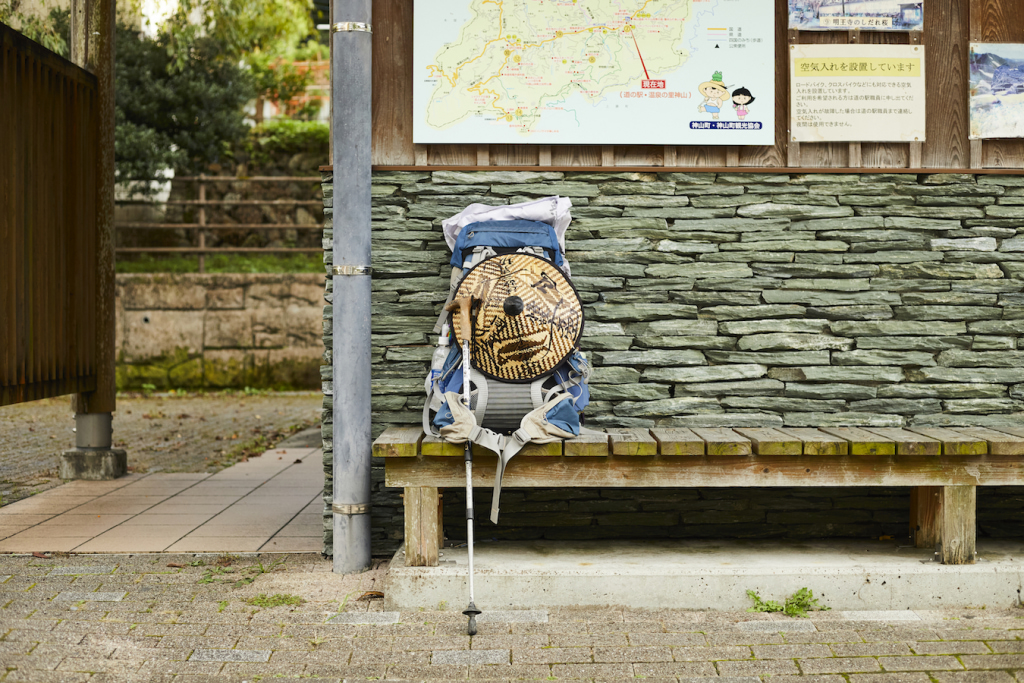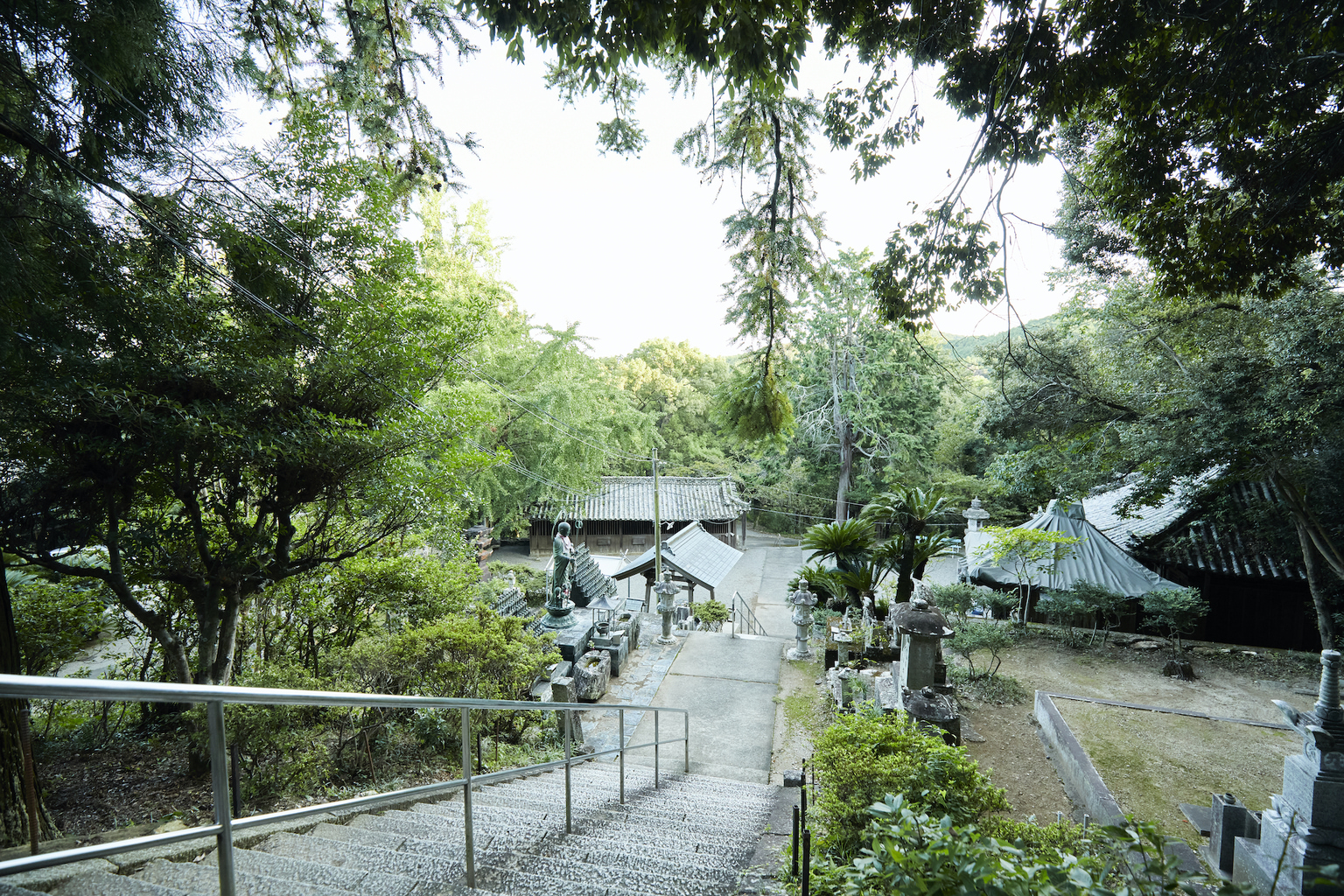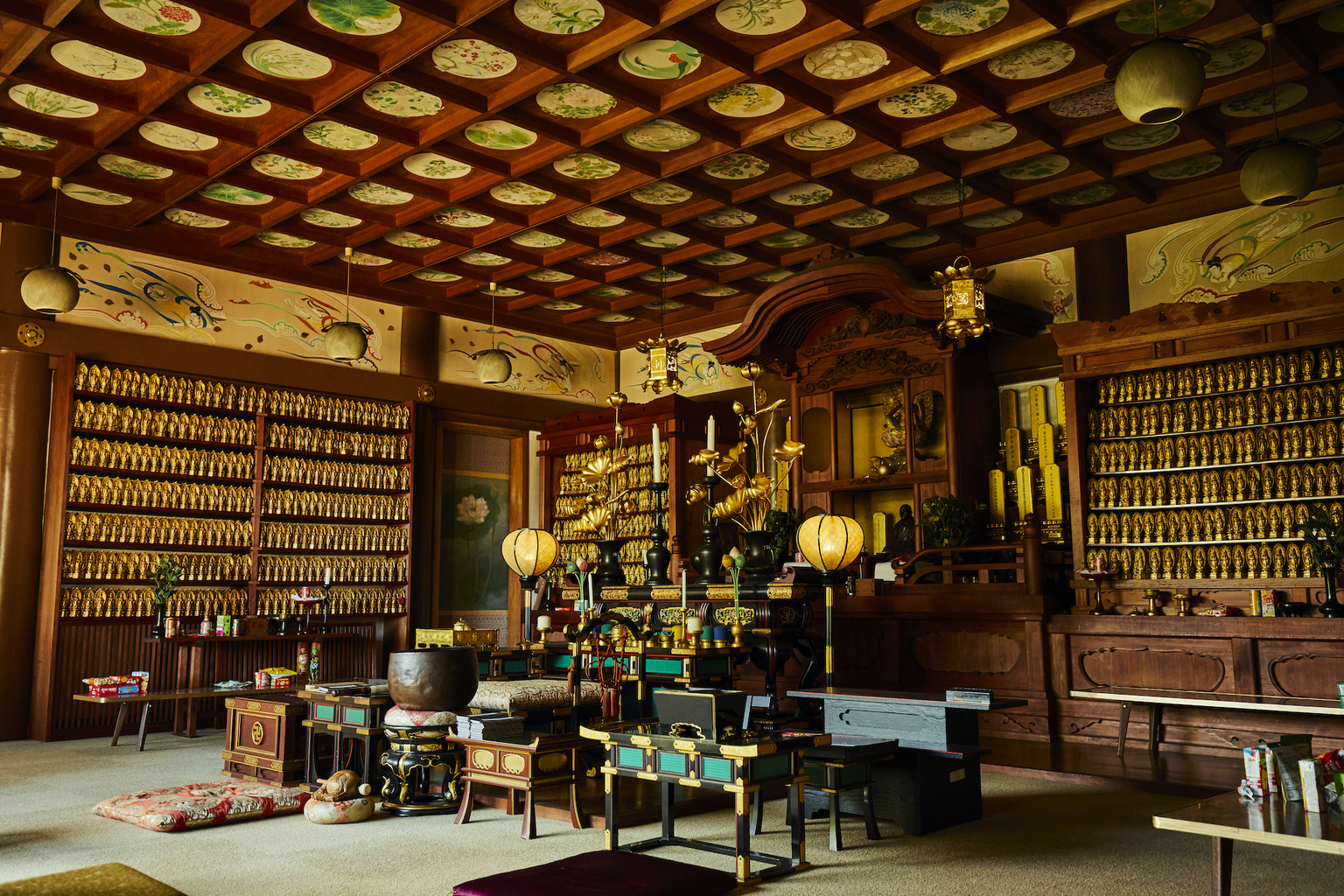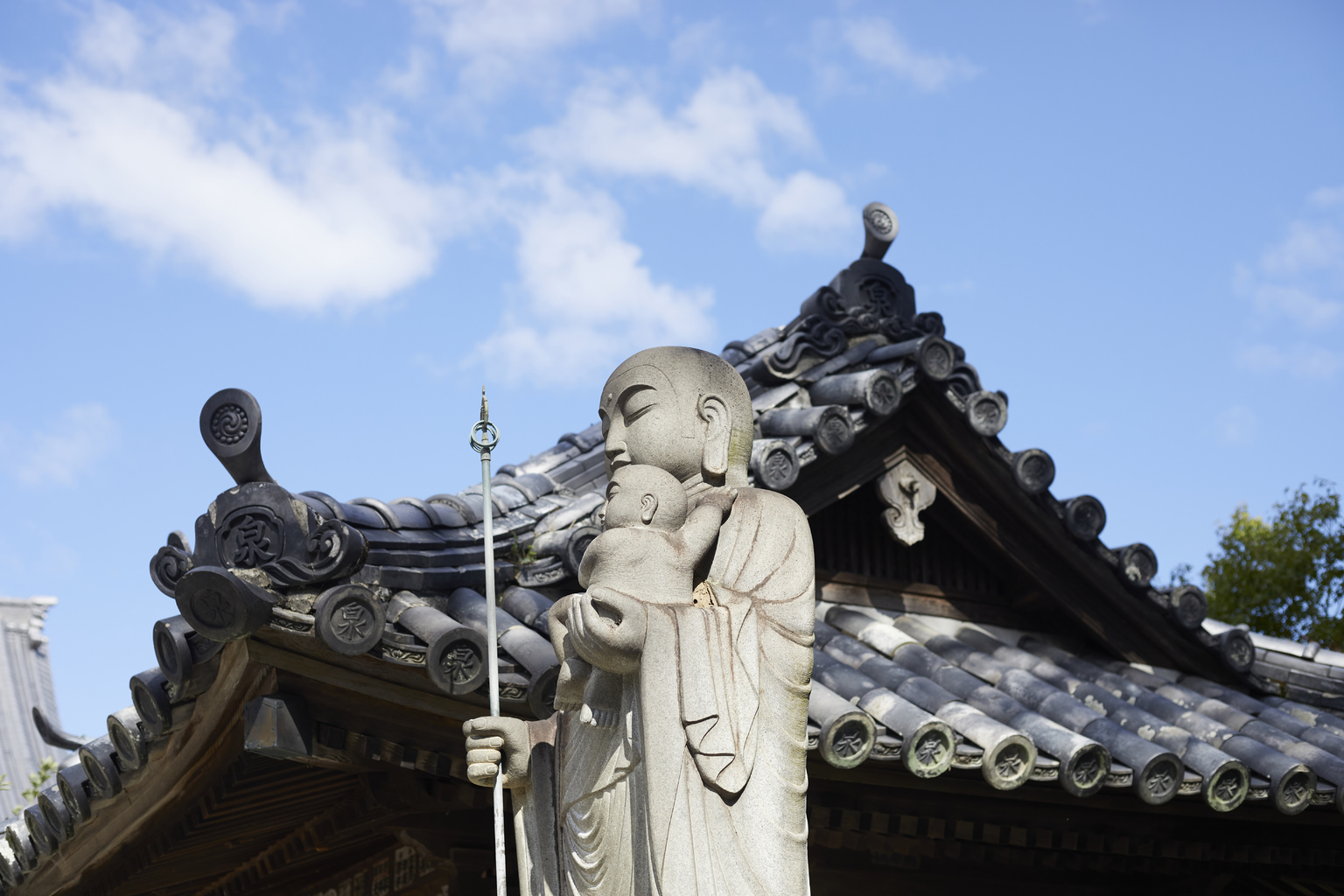Most visitors to Japan will travel right past the island of Shikoku as they ride the bullet train from Kyoto to Hiroshima. By taking a less-traveled path outside of Japan’s top destinations along the Golden Route, tourists looking for something more heart-pounding than Kyoto’s serene temples can take to task the Shikoku Pilgrimage. Japanese history, culture and tradition run deep in Shikoku, and nowhere is that more evident than the 88 temples that make up this enticing expedition.
What is the Shikoku Pilgrimage?
Like most of Shikoku’s historic tales of note, the Shikoku Pilgrimage starts with Kobo Daishi (774–834). The founder of the Shingon sect of Buddhism and Shikoku native was a priest, poet, scholar and advisor to the emperor. The 88 temples of the Shikoku Pilgrimage are all places where Daishi is said to have trained at, visited or founded during the 9th century. More than 1,000 years later pilgrims, known as henro, are still following in his footsteps.
Circumnavigating the island, and traversing all four Shikoku prefectures, the Shikoku Pilgrimage is traditionally undertaken entirely on foot. Approximately 1,200 kilometers in length, the trek can be done in one go in about 45 to 60 days. These days the route can be completed by car, bus and even bicycle. The route starts in East Tokushima, with the first 20 temples scattered across the area. It’s here that most people begin their venture, whether they are looking for a leisurely stroll through historical sites, a multi-day spiritual trek or a high-endurance hike.
Start with High Spirits and a Prayer for Peace
Known more for the whirlpools swirling in the Strait of Naruto, Shikoku’s most northeasternly city of Naruto is also the beginning of the Shikoku Pilgrimage.
When beginning any journey, no matter the distance, it is important to start on the right foot, which is why Torinin temple in Naruto is the prefered first stop for many people attempting the Shikoku Pilgrimage, even before visiting Ryozenji, which is considered the first temple of the 88.
Located on the outskirts of town, Torinin is said to have been founded by Gyoki in the year 733. Between the years of 806–810, Kukai (later to be called Kobo Daishi) traveled across Shikoku and visited Torinin. During his stay, he taught the residents farming techniques and esoteric Buddhism. This episode has been passed down through the generations, and is known as The Legend of Sowing Daishi, and the legend continues to be worshiped at Torinin.
In the years following Kukai’s visit, many local monks excelled in academics and some of them were sent to the temple complex on the sacred Mount Koya in Wakayama, which was founded by Kukai.
Today, many pilgrims start their journey by praying for peace at Torinin, and kicking things off with a sense of enlightenment and raised spirits. For this reason, Torinin is the temple that many consider the first proper destination on the Shikoku Pilgrimage.
The Challenging Course
The Shikoku Pilgrimage trail is well-marked with red arrows and other markers. Paid lodging is also conveniently located at temples, local inns, business hotels, guesthouses and so on. Be aware that parts of the Shikoku Pilgrimage cross private land, and it is important to always be respectful to local customs and etiquette.
Travelers with a predilection for the great outdoors will enjoy the hike between the 11th and 12th temples on the pilgrimage. This stretch of the route is known as “henro-korogashi,” or “pilgrim’s roll.” The slope is said to be so steep that pilgrims might tumble down. The six-hour hike between Fujidera and Shozanji temples is 12.3 kilometers in length, with a climb in total elevation of nearly 1,200 meters. Many consider this the most difficult stretch of the Shikoku Pilgrimage.
Surrounded on all sides by mountains, Fujidera temple was built on a spot where Kobo Daishi practiced the Buddhist ritual of homa alongside the mountain streams. Stones that Daishi rested on during his training remain preserved here. The hike’s final destination, Shozanji, is a breath of fresh air as pilgrims can rest in a copse of 500-year-old cedar trees – or refresh at nearby Kamiyama Onsen. The view from the temple’s okunoin, which at 938 meters above sea level is the second-highest mountain temple on the pilgrimage, provides beautiful sights of the Shikoku Mountains. Side trips can also be made to the Agawa Plum Village or the Amagoi waterfalls.
The Beginners’ Course
Heading further along the pilgrimage, the stretch between the 18th and 19th temples is considered a lovely, 5km jaunt that can be completed in one hour. The hike through the bamboo forest is otherworldly, while the tales that surround the two temples are even more astounding.
Onzanji, the 18th temple, was founded in the 8th century again by the monk Gyoki. When Kobo Daishi was here practicing his faith, his mother, Tamayori, came to visit but was forbidden to enter since women weren’t allowed on sacred ground. Daishi performed esoteric rituals for seven days until the ban was lifted. When Tamayori was allowed to enter, she shaved off her hair and donated it to the temple, dedicating herself as a nun with the purpose of easing troubled souls. The temple’s name was changed to Boyouzan Houjyuin Onzanji in her honor, and a small shrine dedicated to her still stands.
Just before arriving at Tatsueji, the 19th temple, pilgrims will see a mound dedicated to “Okyo.” As a child, the girl Okyo was sold to a brothel and escaped. She married, but fell in love with another man. Together they killed her husband. During their flight from justice, the couple stayed at Tatsueji. While paying her respects at the main hall, Okyo’s hair tangled in the bell rope. The ever-tightening rope nearly tore off her scalp. Okyo struggled free, but visitors can still see the bell rope with her hair attached to it on the temple grounds.
How to Get Around
Since most of us don’t have two or three months to complete the Shikoku Pilgrimage, many people break up the journey into multiple trips, or travel by car. It is also possible to get around by train or bus. Chartered bus options usually take an estimate of 10 to 14 days for the full trip.
By whichever means you choose to follow in the steps of Kobo Daishi, there is an appropriate route for every willing pilgrim.
For more details on the Shikoku Pilgrimage Route, and other areas of East Tokushima, visit www.east-tokushima.jp/en/
Photos by Ryoko Ogawa
Sponsored Post
Updated On December 26, 2022













